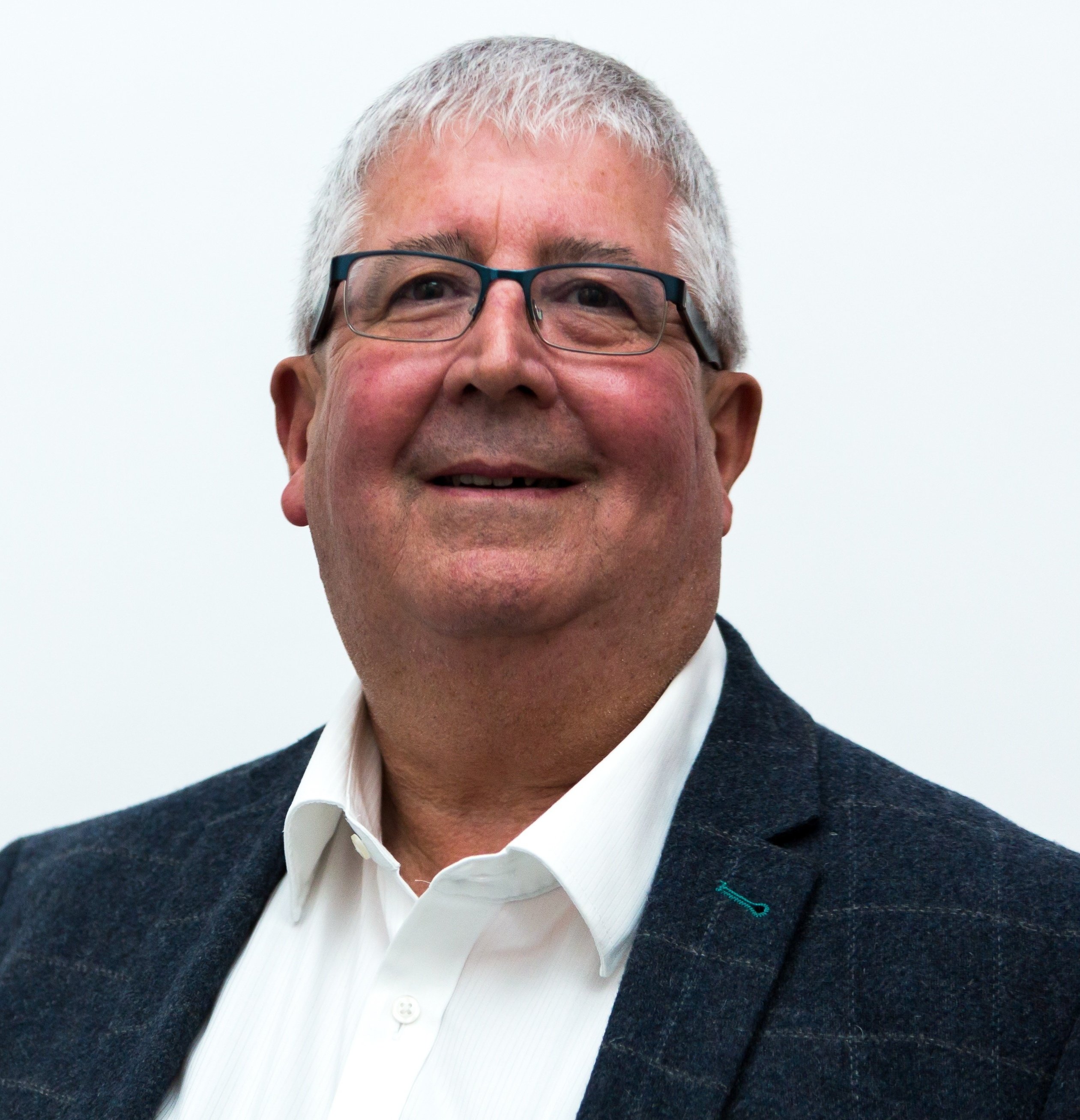By Kevin Moore
From phenotypic assays to 4D cell tracking, high-tech methods are of increasing importance for complex screens. This expanding area will be a main presentation track at SLAS 2018 entitled "Assay Development and Screening" and co-chaired by Dr. Ralph Garippa, Memorial Sloan-Kettering Cancer Center and Dr. Edward Ainscow, Carrick Therapeutics. Dr. Garippa provides more insight on this timely and broad-ranging track, which will highlight case histories in assay development, implementation for high throughput screening (HTS) campaigns, and triaging for hit confirmation.
New dimensions in assay development
High-tech assay methodologies are in great demand to power more information-rich screens for drug discovery and development. "Assay development is critical to running a successful screen," says Dr. Garippa. "If one does incomplete or sloppy assay development, the screen will invariably be a disaster. No good screens are run without top-notch assay development."

Novel methods with phenotypic assays
As the complexity of screening has increased, "rather than reinventing the wheel, it's very helpful to see what other people are doing, to benchmark, and to get new ideas. The six sessions in our track give anyone who is screening, or who intends to screen, a way of seeing the best research currently ongoing in an academic or biotech/pharmaceutical setting," he says.Dr. Garippa notes that screens have evolved over time to address biological complexity in greater depth: "We started screening in just two dimensions. Now it's quite popular to screen in three dimensions, in context with primary cells, with cell-to-cell contacts and exchange of materials between cells."
"If you look across the sessions, you can see that there have been advances in label-free screening, in phenotypic assays and how we do them—moving beyond the 2nd dimension and into the 3rd and 4th dimensions, with the 4th dimension being the element of time and being able to track events as they occur over time, whether that be minutes or days.
“Most recently, we have seen the inclusion of next-gen sequencing (NGS) and CRISPR-Cas9 gene editing technologies. Whether or not we can use these techniques to successfully identify the sentinel or avatar we're looking for from a cell-based model or an animal model remains to be demonstrated. However, we can now go in and utilize the discrete genomic mutations we know about to create cell lines and animals that recapitulate those defects. These can be quite large — genomic inversions, loss of genes, exact knock-outs or knock-ins. We haven't had that type of power in the past."
The trends that have emerged in methods for assay development and screening are quite remarkable. "Just 20 years ago it was all about pharmacology and protein interactions with small molecules or antibodies. Now we're talking about things like cell therapy and looking at the genome and the epigenome — the area that regulates DNA expression and RNA transcription/translation. To be able to explore so-called 'noncoding regions' and to have ways to measure, quantify, and interpret results from these areas, where pharmacology and drug screening haven't gone in the past, is really quite exciting."
Sessions in the "Assay Development and Screening" track will include:
- Advanced Imaging-based Phenotypic Assays
- Biophysical, Biochemical and Label-Free Screening Technologies
- Advanced in vitro Culture Systems to Identify Novel Targets and Therapies and Enhance Clinical Translation
- Rational Screening to Optimize Chemical and Biological Space
- Assay Development & Screening in Higher Dimension: 3D & 4D
- Utilizing the Power of NGS and Genomics in Screening
Want to know more?
Visit us at SLAS2018 and speak to a Tecan Expert.
About the author

Kevin Moore
Kevin Moore is Head of Markets and Applications based out of Tecan’s head office in Männedorf, Switzerland. He heads the team tasked with bringing both products and application for the liquid handling to the market. Prior to joining Tecan in 2007, he was head of Compound Management and Technology project manager for the Neuroscience Research Centre of Merck & Co in the UK, where he worked for Merck for 20 years.











